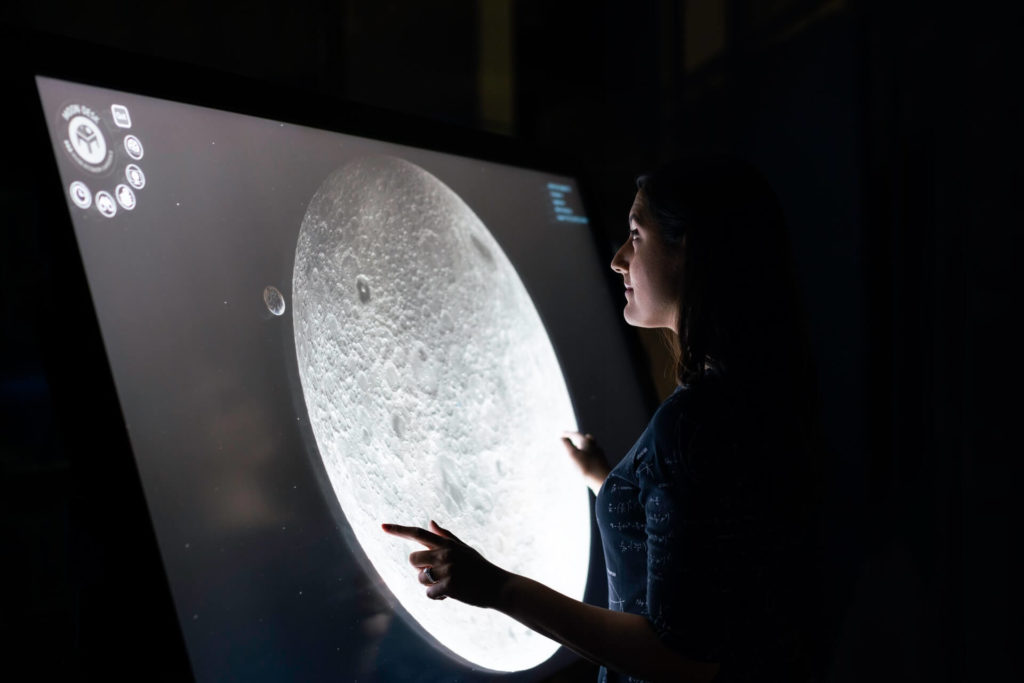The use of artificial intelligence in education has been a growing trend in recent years and is reshaping the industry. For education, digital transformation promises new operating and educational models and the ability to revolutionize an institution’s value proposition and strategic directions. More tech-savvy schools are attracting students and offering them opportunities for more personalized education delivery.
However, despite its continued growth in popularity, digital transformation has yet to become the norm for educational institutions. Changes and adoption have occurred rapidly due to the COVID-19 pandemic, but most universities are still on the path of innovation. Regardless, all school leaders are poised to explore making even small strides in incorporating artificial intelligence in education and on their campuses and in classrooms. The inarguable benefits AI provides is surely shaping the future of teaching and learning with the influx of technology available to today’s schools and students.
Change driven by the pandemic
No one had the foresight to predict how COVID-19 would completely change the world in 2020. It sparked the beginning of a new era for many schools and companies, driving digital transformation and the rapid adoption of technology and new remote learning and remote work practices.
The pandemic has impacted all industries to some extent. The educational sector, however, was hit particularly hard. Schools across the world were forced to shut their doors. With students unable to attend in person with the need to protect their health and social distance, educators were tasked with ensuring their education was not at risk as a result. This reality meant a rapid, somewhat spontaneous adoption of technology.
While online learning was nothing new, remote classrooms were adopted by all. Tools like Zoom, Slack, and Microsoft Teams – which were previously utilized for communication and meetings – were being implemented in greater use cases throughout education. Virtual tutoring, online learning software, and language apps became must-haves versus nice-to-haves.
Even though digital transformation was necessary prior to the pandemic in order for schools to remain competitive, the advantages it provides ensure it will only be given greater focus and investment once the pandemic ends. The new norm and culture means being able to learn any time, anywhere. Plus, as artificial intelligence in teaching and learning continues to evolve, the potential advantages are too good to ignore.
The benefits of artificial intelligence and education
In the world of modern education, artificial intelligence in schools can supply a number of benefits to both educators and students. These include:
Personalized education
AI has the ability to adapt to student needs. Systems respond to students based on their performance and behavior. They can then focus on certain topics, go over aspects that a student has not yet mastered, and go at a pace that will improve their ability to consume the information provided.
A greater level of accessibility
Artificial intelligence is assisting with creating and improving tools that deliver a more accessible, inclusive environment for learning. Accessibility is critical for students with disabilities who can struggle in traditional learning situations, let alone when offered fewer resources while remote. Audio conferences, for instance, are unsupportive of deaf and hard of hearing students. This is why Verbit’s AI speech recognition software for schools and universities, which helps turn audio into transcriptions, has proven to be an invaluable tool for those that require additional support.
Enhanced engagement
To grab the attention of students and ensure educational materials are absorbed, AI can assist with the digitalization of content. By digitizing paper documents – including hand-written notes – this means data can be extracted and used with ease.
Go beyond the classroom
Rather than simply sticking to the classroom, AI opens the door to expanding education and tutoring for students, offering them greater opportunities to personalize and gamify their studies. Gamification, in particular, is known to drive performance and motivation for a particular activity. Whether it is supplying perceived task meaningfulness or leaderboards, gamification can boost the fulfillment requirements of basic psychological needs.
Automation to streamline processes
Automation can help to streamline various processes. One such process is the transcription of a video lesson, where students can gain access to a text-based version of a lecture to reference later as a study material.
The right technology, however, is required to accurately transcribe videos, for example. Different accents and speech patterns have to be taken into account, which throws up literally trillions of different mathematic calculations for the AI speech recognition technology to comprehend. Verbit’s speech recognition engine is trained to recognize countless words and terms automatically, which can even result in real-time transcription that allows hard-of-hearing students to follow lectures at the same time as their peers.
Reduced intimidation
A critical aspect of learning is trial and error. Yet not knowing the answer or failing can feel paralyzing for students. They often do not like being placed on the spot for fear of being wrong. With AI, it is possible for students to answer and experiment in a judgment-free environment. AI tutors can respond to student errors by supplying solutions for improvement. Due to the fact AI systems typically learn via a trial and error methodology, this is the perfect format for this type of learning.
The future of AI in the classroom
AI technology in education is here to stay and will only continue to evolve. Many educational institutions have already overcome the digital divide, even if extenuating circumstances drove them forward. Current AI technology already features a wide range of advantages. Yet as AI continues to evolve and new technology emerges, there is an inevitability; AI will continue to play an integral role in the future of education.






